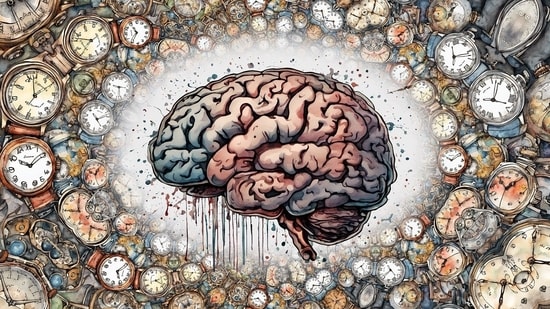A recent study using advanced brain imaging has confirmed significant differences in how men’s and women’s brains function.
Researchers found that these variations influence memory, emotional responses, decision-making, and susceptibility to diseases like dementia and depression.
A long-term study by Stanford Medicine analyzed brain scans from over 1,000 young adults between age 20-35 and found striking differences in brain activity between men and women.
Experts say these differences go beyond hormones or cultural influences, pointing instead to structural variations in brain wiring.
Read Also: 10 habits to keep your brain young
Professor Larry Cahill, a neurobiology expert at the University of California, says that while men’s brains are about 10% larger, women’s hippocampus—the region responsible for memory—is proportionally larger and more active.
This may explain why women tend to recall details more quickly and accurately.
The study also found that women are generally more altruistic and empathetic than men, with brain imaging revealing a stronger response to acts of generosity.
Meanwhile, men tend to excel in spatial awareness tasks such as map reading, potentially due to differences in neural connectivity.
Hormonal influences also impact emotional processing. Women recall emotional experiences more intensely, particularly in the second half of their menstrual cycle.
This may contribute to higher rates of depression and Post traumatic stress disorder (PTSD) among women.
Another key finding relates to dementia. Women are twice as likely to develop Alzheimer’s disease, with research showing that their brains accumulate toxic plaques at a faster rate than men’s.
However, to this end, experts say these structural differences could impact future treatments.
While scientists have made progress in understanding these distinctions, they emphasize that more research is needed to explore how male and female brain differences affect health and behavior.



